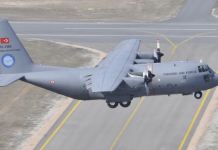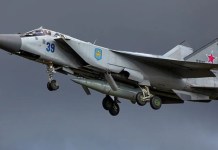The world’s largest aircraft carrier “will bolster US capacity to detect, monitor, and disrupt illicit actors and activities that compromise the safety and prosperity of the United States homeland and our security in the Western Hemisphere,” Chief Pentagon Spokesperson Sean Parnell said.
These assets would support current operations to curb narcotics smuggling and weaken transnational criminal organizations. This move aligns with a significant US military expansion in the southern Caribbean that began in August 2025, under the banner of combating narco-terrorism.
The Trump administration has repeatedly charged Venezuelan leader Nicolás Maduro with facilitating drug flows into the US, branding him as the world’s leading narcotics kingpin.
Maduro had decried the carrier’s deployment as a ploy to engineer conflict, while experts suggest it signals preparations for potential strikes on Venezuelan targets beyond mere counternarcotics missions.

Earlier this week, the USS Gerald R. Ford and the destroyer USS Bainbridge were spotted transiting the Gibraltar Strait into the Atlantic Ocean. The ships are anticipated to join remaining strike group members, the destroyers USS Winston S. Churchill and USS Mahan, in the Atlantic.
Washington has also signaled its desire for Maduro’s removal, reinforcing his claims that regional activities are geared toward regime change.
Previously, Trump confirmed approving a secret CIA mission and asserted that US forces could target international drug traffickers without congressional approval for war. He subsequently downplayed any outright assault on Venezuela, conceding that such actions might fail to oust Maduro.
Adam Smith of Washington, the ranking Democrat on the House of Representatives Armed Services Committee, who was briefed by the Secretary of State on November 5, said, “Based on that briefing, I think the administration does not want to go to war with Venezuela.”
However, he added, ” President Trump is rather known for his – what would be the best way to put this – chaotic approach to things. He’s one to change his mind very quickly. So who knows?”
By ET Desk with AFP Inputs




